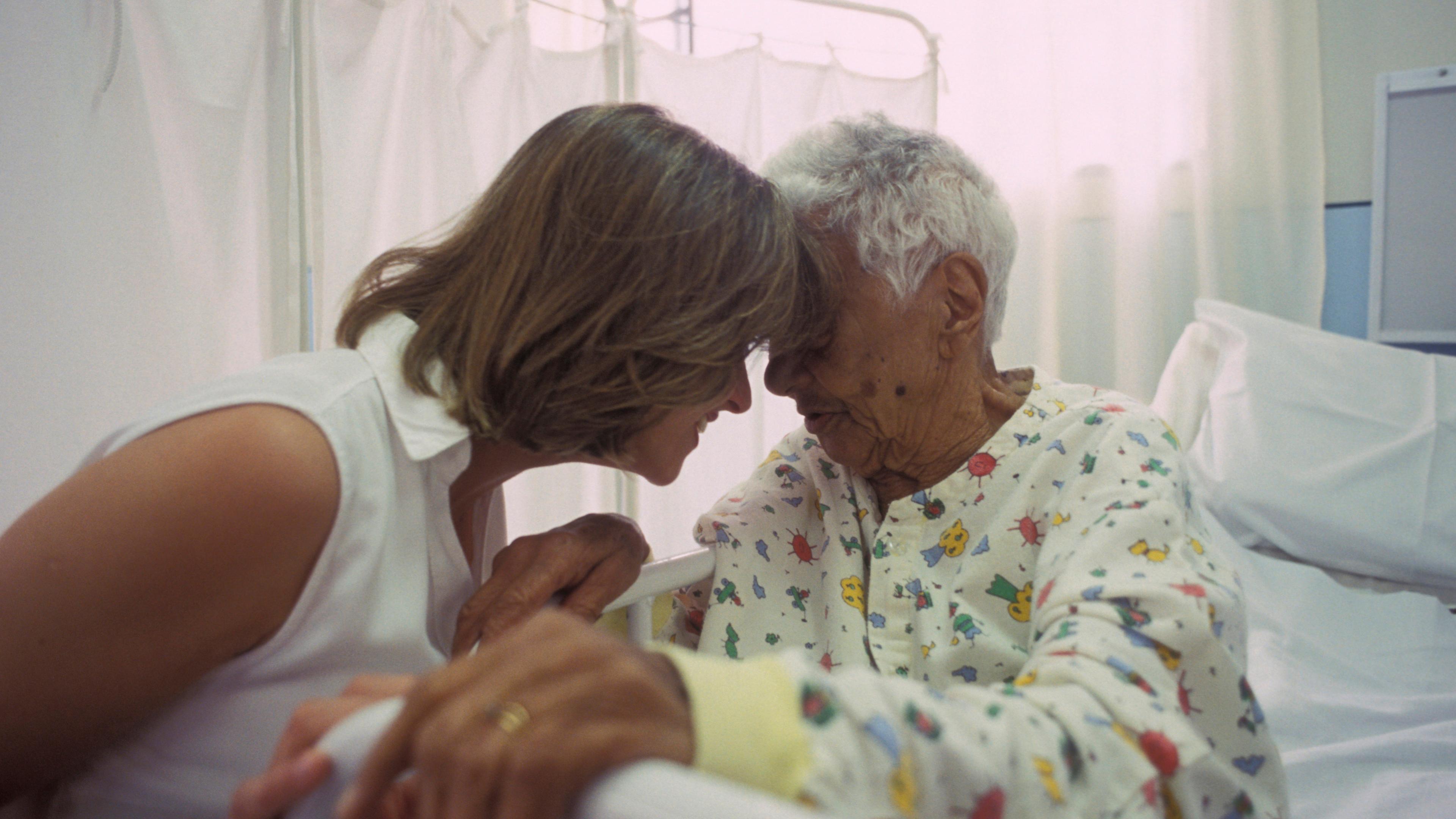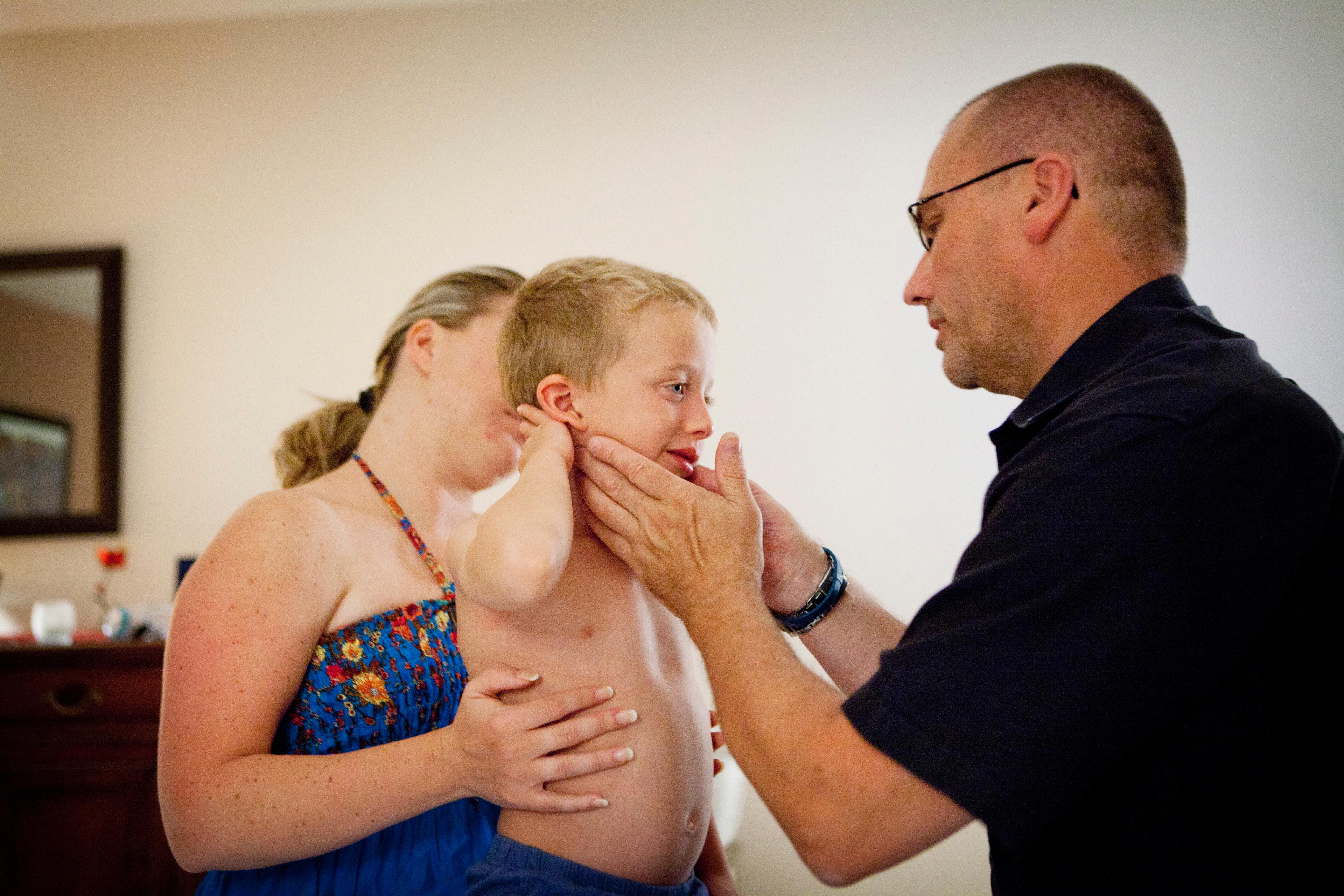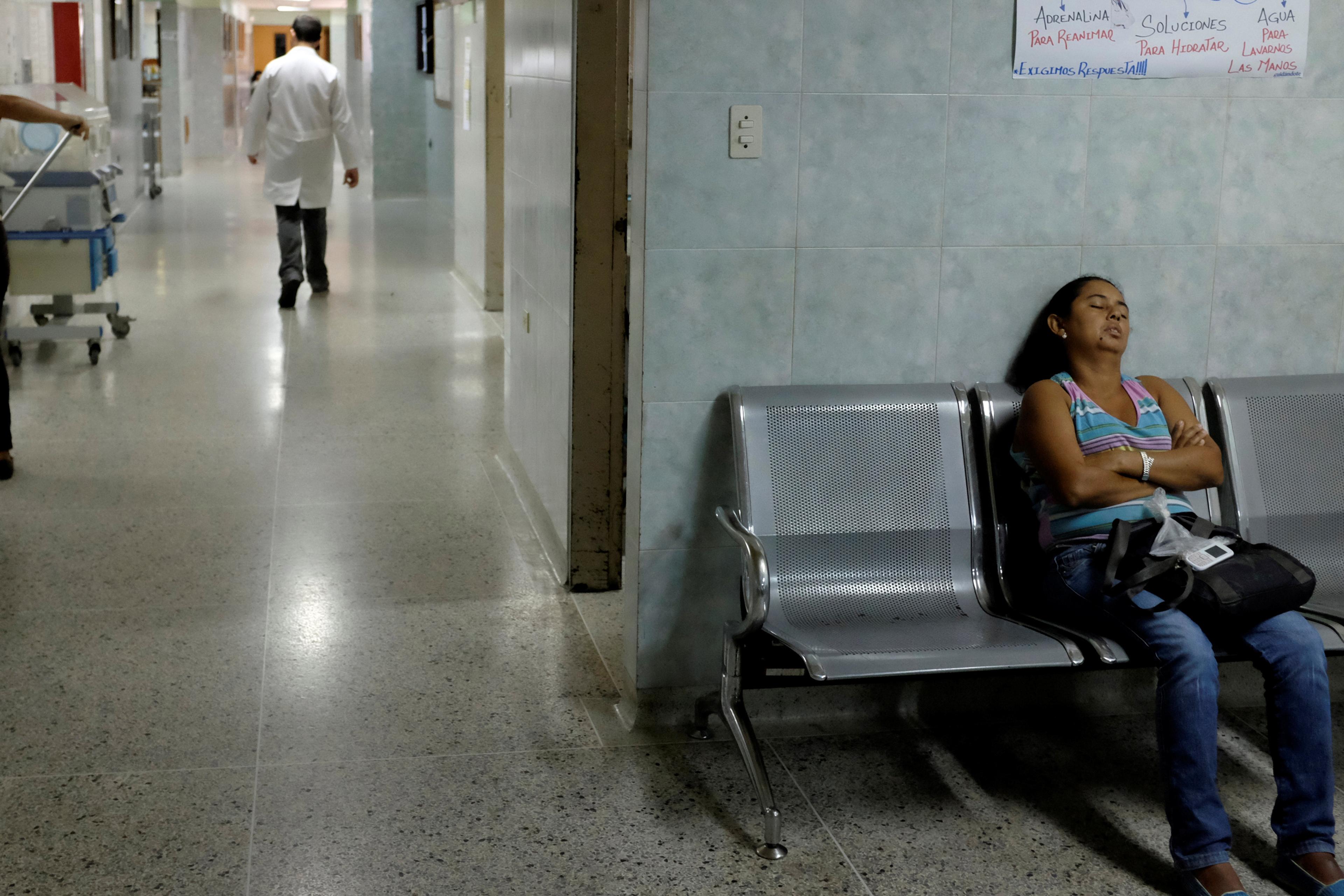Chronic pain, defined as pain felt for longer than three or six months, affects one in five people around the world. It often affects younger people in otherwise good health in their most productive years. Low back pain, the most common cause of chronic pain, is the leading cause of years lost to disability around the world. Yet despite the enormity of the issue, the management of chronic pain has been one of the greatest failures of medicine, threatening to only get worse in the age of COVID-19.
The founder of modern pain medicine was the American anaesthesiologist John Bonica, who wrote the first ever textbook on pain medicine and helped develop procedures such as epidural anaesthesia, a godsend for women in labour. Decrying the sorry state of how people in extremis were treated, he wrote:
Many of these [patients] are exposed to a high risk of iatrogenic [medical] complication from improper therapy, including narcotic intoxication and multiple, often useless, and at times mutilating operations; a significant number give up medical care and consult quacks who not only deplete the patient’s financial resources but often do harm; some patients with severe intractable pain become so desperate as to commit suicide.
He also lamented ‘the progressive trend towards specialisation, which is conducive to each specialist viewing pain in a very narrow, tubular fashion’. He wrote this in 1976, and things have gotten worse since.
The most glaring misstep was the over-prescription of opioids for patients with chronic pain. While opioids are incredibly effective for acute pain, such as what you might feel after breaking your arm, and might be beneficial for some patients with chronic pain, there is little evidence of how effective they are for long-term use. A now-infamous letter was published in the New England Journal of Medicine in 1980, incorrectly claiming that opioid addiction was almost non-existent. Since 2017, this five-sentence-long letter comes with a disclaimer, but it was used by pharmaceutical companies such as Purdue Pharma – makers of OxyContin – to pitch opioids as a panacea for chronic pain. Yet the fact is that, as subsequent studies show, not only are opioids no better than nonopioid medications such as ibuprofen and acetaminophen/paracetamol, one randomised trial published in the Journal of the American Medical Association showed that patients who received opioids actually had more pain over time (as well as more side-effects) than those given ibuprofen or acetaminophen/paracetamol.
Even though there were no robust data supporting opioid use, medicine adopted opioids as the drug of choice for folks with chronic pain, igniting the opioid epidemic in the United States that is burning with even greater ferocity today, though now more so because of fentanyl, a synthetic prescription opioid that’s also used illegally. The horrors of the opioid crisis have led to physicians cutting back on the use of opioids, but this has been difficult for many patients whose bodies have become dependent on the drugs. While the downsides of chronic opioid use are well-documented, there is evidence suggesting that cutting off people without a Plan B can increase the risk of death and suicide.
As a result, invasive procedures and surgeries have been positioned as the treatment of choice for patients with chronic pain, touted by many as a safer option than opioids. Yet the evidence base for most of these procedures is also quite sparse. In fact, an analysis of studies that use invasive procedures to treat chronic pain found no evidence of benefit beyond the profound placebo effect an invasive procedure can have. So why are these procedures so commonly performed? ‘Interventional pain management specialists may take advantage of vulnerable patients with unremitting pain who perform highly reimbursed procedures with little evidence supporting their effectiveness,’ writes Allen Lebovits, a pain psychologist, in the journal Pain Medicine in 2012. ‘Listening to the patient and observing his/her pain behaviour … can take time, with “time” becoming a commodity for which the “business” of pain medicine often does not allow.’
In short, whatever small relief most patients get from these procedures comes from the placebo effect. Americans, in particular, are especially suggestible: not only do they exhibit a greater response to placebo pills for pain than those from other countries, that response has been increasing over time. Given that the US is one of only two countries in the world that allows pharmaceutical companies to directly market their ads to patients, American patients’ increasing hope of relief from pills or procedures – even if they are entirely phantom – is perhaps the greatest endorsement of the success of the biomedical industry’s marketing prowess.
Bonica, who died in 1994, foresaw the morass in which patients in chronic pain find themselves. His prescription, even many decades ago, was interdisciplinary pain management. Pain is not a purely physical sensation, but one that spans emotion, memory and trauma, and Bonica developed an approach that focused not just on drugs, procedures and surgeries, but also included physical therapists and psychologists. Among non-pharmacologic approaches to pain, the evidence base for interventions such as exercise, acceptance and commitment therapy, and hypnosis, to name a few, is actually quite solid. Yet patients face significant barriers to accessing these treatments.
Take exercise for example, which has been shown to help people in pain tremendously. While initial exercise can hurt, it is safe and effective. Yet physical therapy in the US can be quite expensive. Even if insurance covers it, patients may have to fund significant co-payments. I suffered a crippling back injury when I was in medical school, and it was exercise that helped me recover. But I had an advantage: because I was a medical student, the physical therapists would often see me for free and let me use the rehab facility without charge, something most patients could never hope for.
Another strategy, acceptance therapy, is a form of cognitive therapy that shifts peoples’ focus away from being pain-free at all times, to living their lives to the fullest despite the pain. It is one of the most effective options for people in unremitting agony. Yet pain psychologists are few and far between, and a referral to a pain psychologist is often attached with stigma. ‘Some people are not interested in seeing me at all. They still want to find the specialist who can find out what’s wrong with them,’ said Bob Jamison, a pain psychologist and professor of anaesthesia at Harvard Medical School. ‘Sadly, medicine cannot always make things disappear.’
One model of excellence in the US is actually the Veterans Affairs (VA) health system, with almost all VA facilities offering complementary and integrative health options for pain. Simply cutting off people from opioids is not the answer for chronic pain. Offering interdisciplinary pain management has allowed the VA to successfully lower the amount of opioids veterans are prescribed, while providing patients alternative options for relief.
The wider medical community must also invest in a multimodal approach to pain, so that those who ceaselessly suffer are not made to pay again for the sins of our health system.
My own health journey as well as my research for my book The Song of Our Scars (2022) have changed how I approach the person in pain. After ruling out any new threatening pathology, I try to ensure that patients get access to all the tools that may help.
Recently, I spoke to one of my patients with chronic pain, who had already undergone a million-dollar workup and received countless drugs and procedures, all to no avail. Though I was sceptical we would find some new cause for his pain or uncover a treatment that would rid him of his agony, I reassured him that we, as a team, were fully committed to figuring out why he hurt so much and what we could do to help. At the same time, though, I confessed that the likelihood that we could make the pain go away was low.
‘I want to help you live with this pain,’ I told him. ‘I want you back to playing golf again.’
Perhaps because he believed that we were all in, that we would do whatever it might take to help him, his entire outlook changed. Without us making any changes to his drugs, within a few days he began to feel much better. He refused to go to a rehabilitation facility, motivated to get stronger on his own accord at home. Before he left, I asked if he was interested in seeing a pain psychologist. We were not raising the white flag, I told him, but gathering all the options we had at our disposal to close the rift that had opened up in his body. He eagerly accepted the referral.
The most important thing I have learned is that doctors, nurses and physical therapists need to centre their practice in empathy and kindness. But to allow kindness to become the standard of care, our medical schools and training programmes have to make it a point of emphasis, and our health system has to evolve. We need to make person-centred care a reality rather than a buzzword by shifting the way providers are paid to reflect how patients do, rather than what the system does to them. The reward for designing a healthcare system that provides care and love to all might resonate beyond the walls of hospitals and clinics – it will be the keystone for a more just and equitable society.








